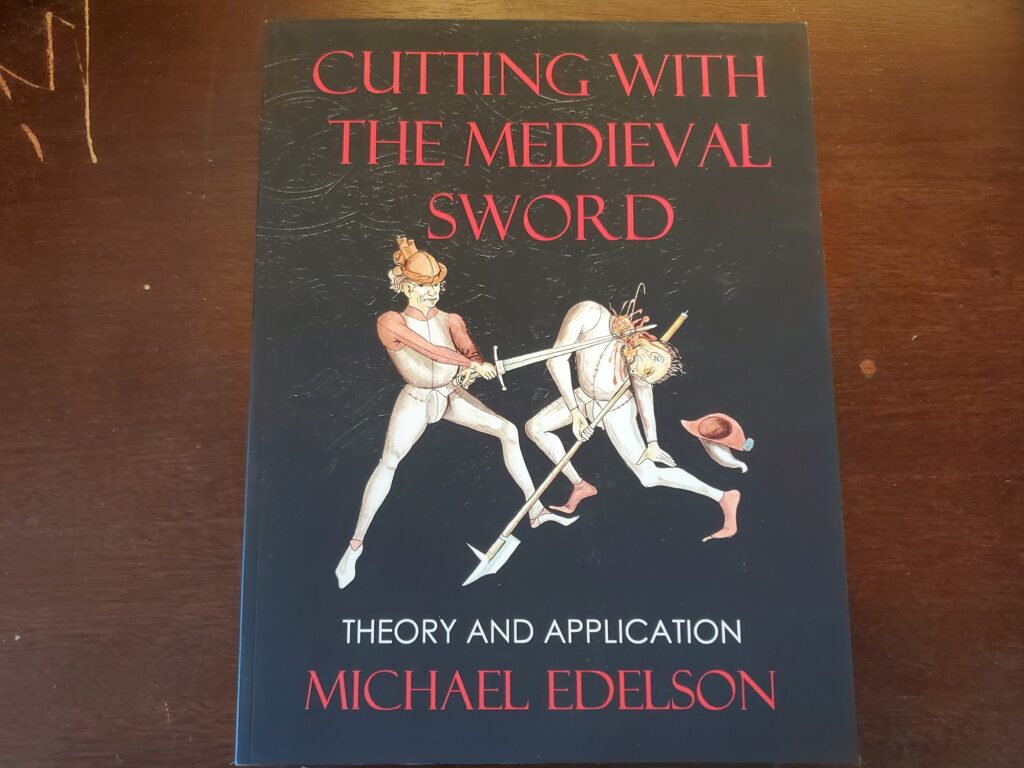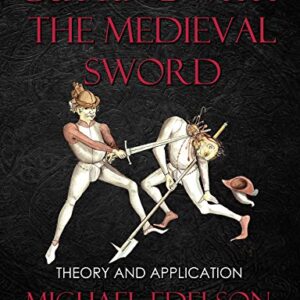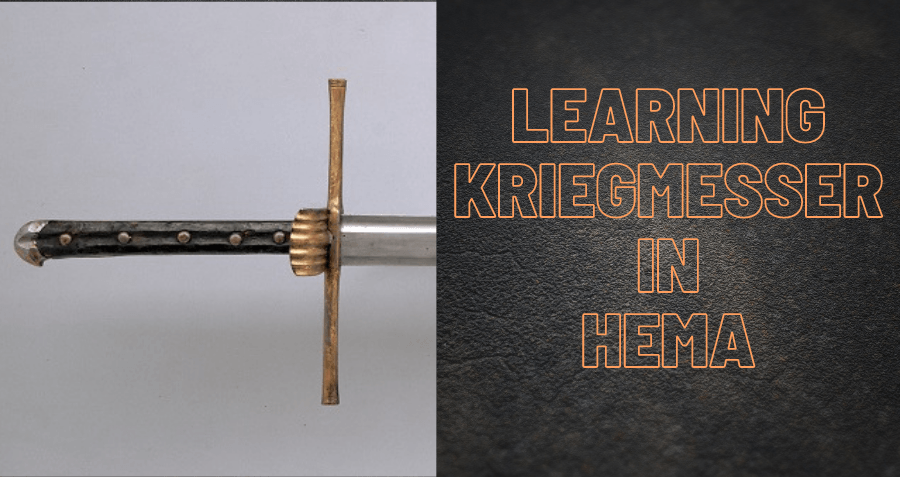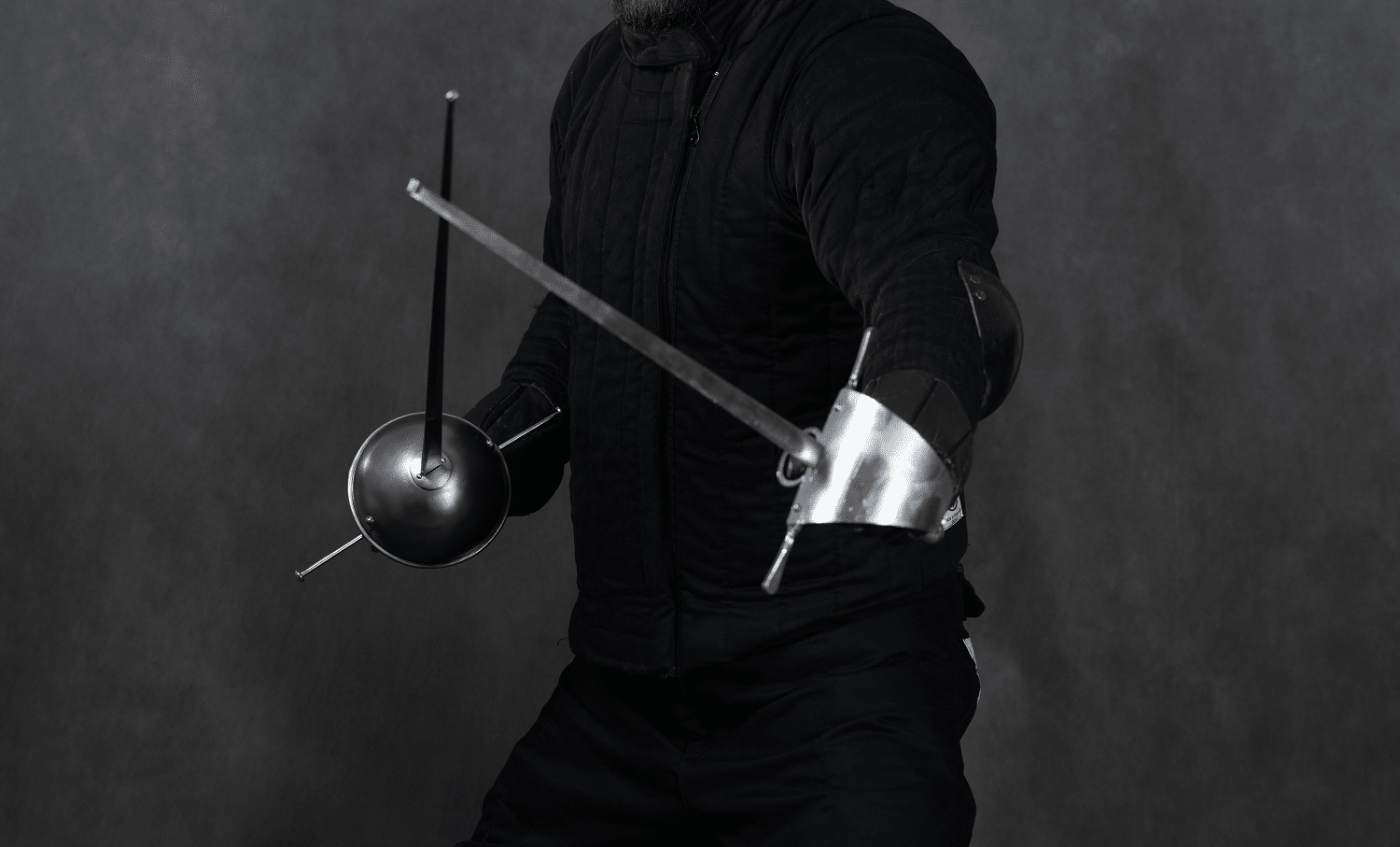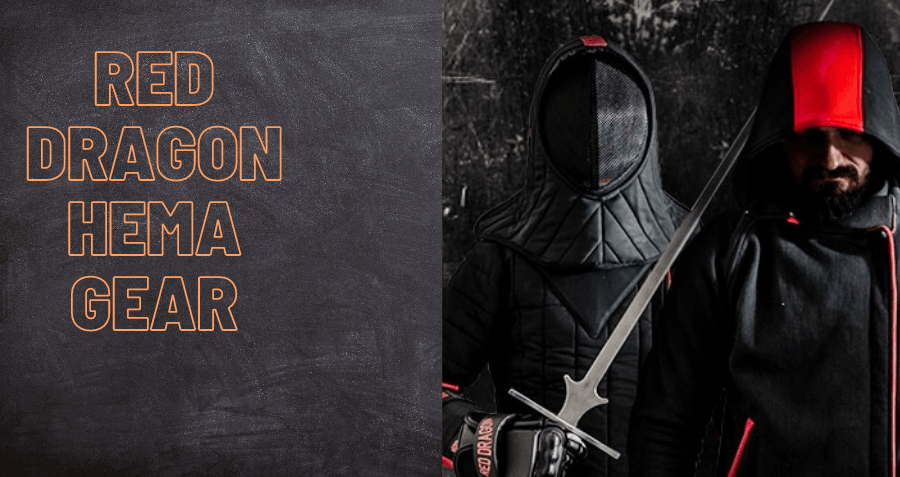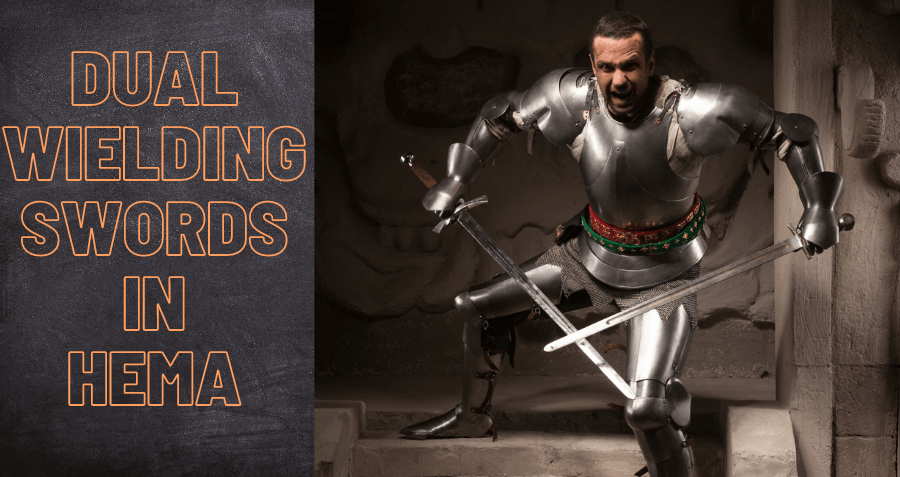This is a review for the book Cutting with the Medieval Sword by Michael Edelson. This is the definitive book on how to cut tatami mats with a sword to engage in what is known as ‘test cutting’ within the HEMA community, adapted from the cutting techniques practiced in the Japanese modern sport of tameshigiri.
As a note at the beginning of this review, while we hold some disagreements with the conclusions Edelson draws from his analysis of tatami mat cutting with European swords and how Edelson believes his analysis reveals how long sword techniques were performed in historical battle situations, we have dedicated a separate article to our disagreements about drawing conclusions from sport test cutting into HEMA. This article is titled Popular Misconceptions about tameshigiri in HEMA. Having said this, our book review for Edelson’s Cutting with the Medieval Sword is only reviewing his book on the basis of how well Edelson’s instructions translate the Japanese sport of tameshigiri into HEMA; which we do believe it does very well.
Michael Edelson is the founder of the New York Historical Fencing Association, one of the larger and influential HEMA schools in the United States of America. Prior to his involvement in HEMA, Edelson had a long background in the US Battodo Federation, which uses a curriculum developed by Zen Nihon Toyamaryu Iaido Renmei, which is a contemporary branch of Toyama-ryū centered around the modern Japanese sport of test cutting with katana. Edelson is subsequently an expert in modern sport tameshigiri and he has adapted many of its practices and techniques for performing tatami mat cuts with a European style medieval long sword, which this book instructs.
Overall, the book is perhaps the most complete of all instructional media of its type for how to perform tatami test cutting with European style medieval blades, and among HEMA related books one of the most widely read.
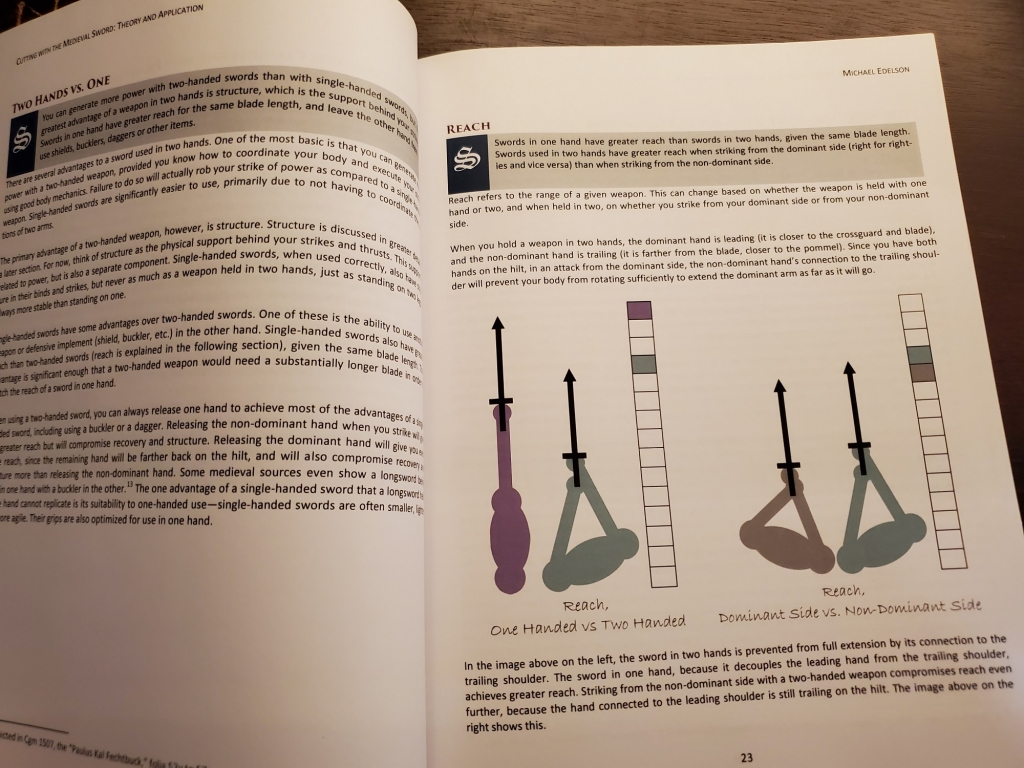
Cutting with the Medieval Sword is 162 pages of instruction on adapting Japanese sport tameshigiri for use with a European long sword. The book is divided into three ‘modules’, Theory, Practice and Calibration. It provides descriptions of terminology used within the HEMA cutting community. It also provides detailed discussion of the anatomy of one handed and two handed European swords and how this impacts their usage for cutting tatami. Excellent advice is provided for leveraging optimal body mechanics to generate power while maintaining good edge alignment for performing cuts, as well as training tips such as how to use cutting stands and what type of cuts are used for scoring purposes in competitions. Cutting Patterns used in Japanese tameshigiri are illustrated and described for those in the HEMA community, making the information easy to digest and learn even as a novice. Edelson also provides advice for safety and maintenance of the weapons, as well as some information regarding sharpening of edges for test cutting against tatami.
Overall, Cutting with the Medieval Sword is probably the bible on how to perform tameshigiri with one handed and two handed European swords of the late Middle Ages period.
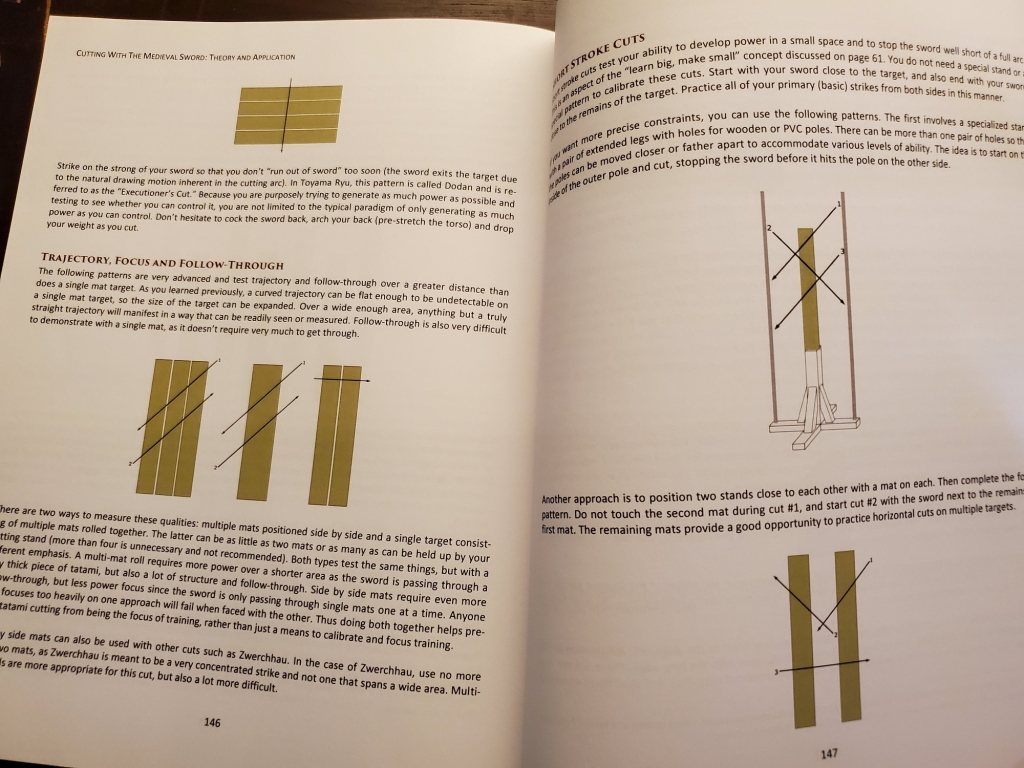
While we do recommend Cutting with the Medieval Sword for advice on engaging in sport test cutting in HEMA, it must be said that we do not believe Edelson’s ideas on how this type of cutting analysis reveals how actual historical combat with swords was performed is accurate. There are some ideas Edelson expresses in this book, such as his belief that a cut above the width of the blade only results in ‘shallow cuts’ that he believes would not be fatal, that we find to be medically inaccurate as even a shallow cut is capable of severing major arteries in ways that are irreparable. We talk further about these criticisms in greater detail in the article we mentioned earlier, Popular Misconceptions about tameshigiri in HEMA. But if you can set aside these statements he has made in the book, the rest of Edelson’s writing is excellent advice for performing Japanese sport tamegeshiri with a European long sword.
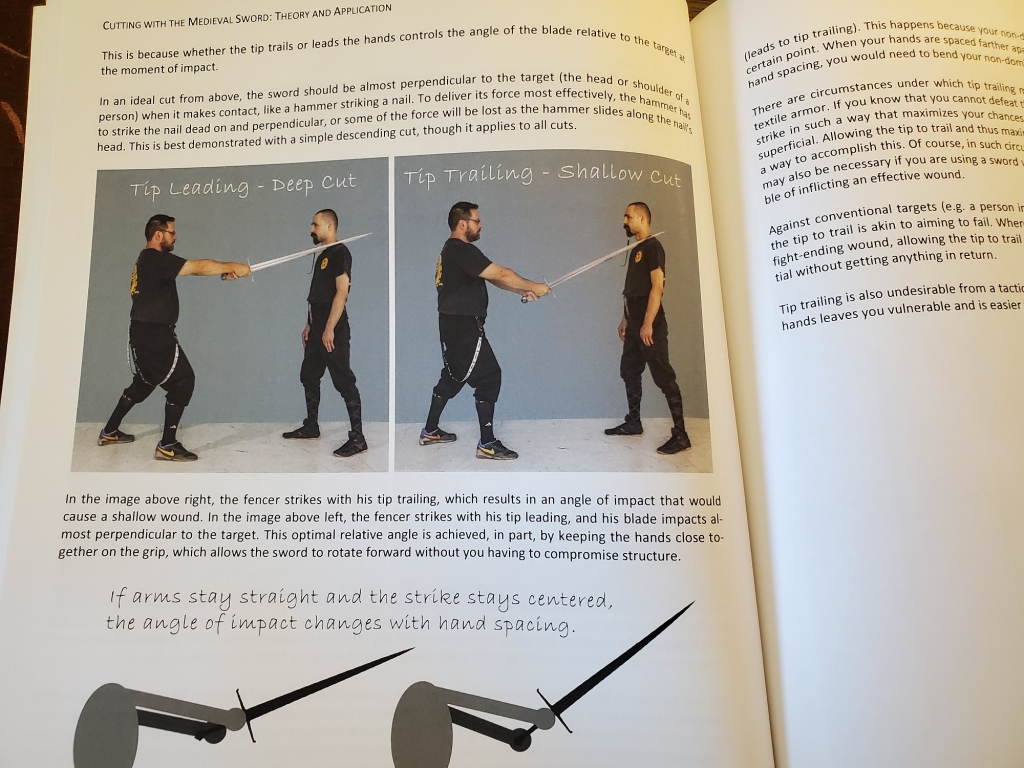
This particular criticism we have about his book only matters in the sense that Edelson makes the claim that blows that would not cut tatami mats per Edelson’s standards would not be good blows to use in combat, and he uses that line of thinking to form the opinion any blow that would not cut tatami mats cannot be the correct way to perform a cut as described in the source manuscripts studied by long sword fencers. But since Edelson’s ideas are based on what works best to cut reed flooring mats and he does not consider anything about human anatomy when making this statement, this advice is the worst sections of his book. Tatami mats do not simulate the effects of cutting skin, veins, arteries and muscle. also, as we talk at length in the Misconceptions article, sport tameshigiri was never intended to teach sword fighting against a live human opponent even in the Japanese arts, so this is a bad assumption Edelson has made.
Our criticism about Edelson’s beliefs about historical accuracy of techniques based on test cutting should not be taken to suggest we believe test cutting has absolutely zero value to HEMA practice. There is little else to do with a sharp sword in this day and age except to engage in test cutting practices with it, so if you are looking to be excellent at test cutting then this book is very valuable because it teaches the sport very well. Test cutting can be fun, and handling a live sword to cut anything can help a swordsmen get a better sense of the handling properties of a real sharp sword compared to a blunted training one such as a feder. The practice is also useful for learning how to connect proper breathing with strikes, develop good mind-muscle connection for cutting and have the good edge alignment to deliver the most powerful cuts you can make. In this current environment where due to Covid-19 restrictions many people cannot train in large groups, test cutting can be a useful practice for solo training. We simply disagree that you can draw conclusions about how historical swordsmen delivered cuts based largely on the grading system used in contemporary sport tameshigiri practices.
We recommend reading Cutting with the Medieval Sword by Michael Edelson for those seeking instruction and information regarding test cutting in HEMA.
As mentioned previously, for more information particularly our disagreements with using Japanese tameshigiri as a means of investigating historical European swordsmanship please read our article, Common Misunderstandings about Tameshigiri in HEMA.
*****
We hope this HEMA book reviews helps you start your journey into learning historical sword fighting.
If you’d like to learn more information about historical fencing practices please check out our Learn HEMA page for a guide to learning about the historical weapon that interests you. You can also find more guides we’ve written about other topics at our Helpful Guides page. You can also join the conversation at our forums or our Facebook Group community.
